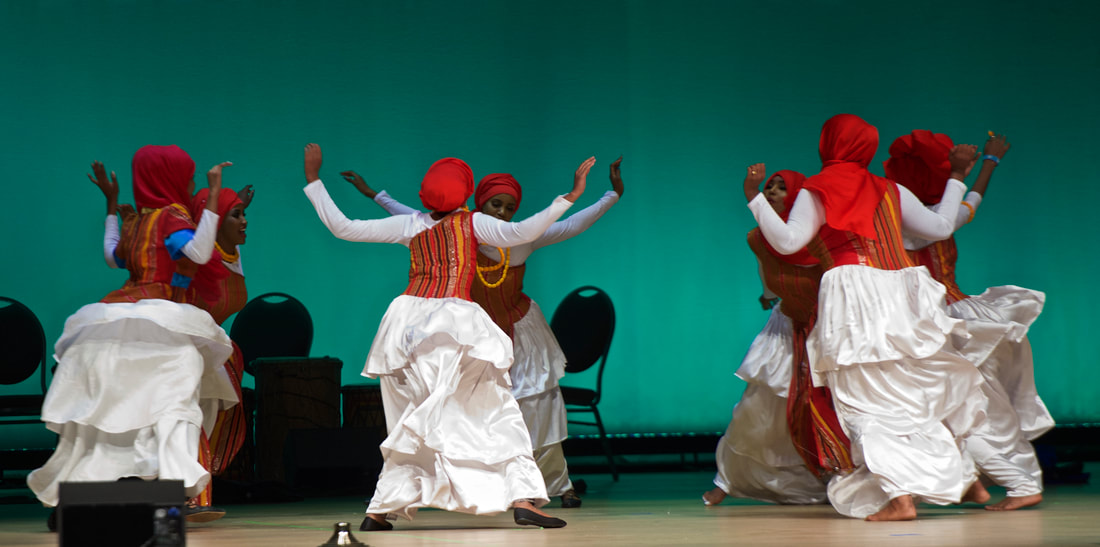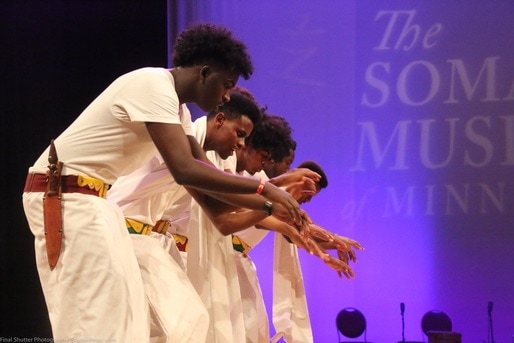The Somali Museum Dance TroupeThe Somali Museum Dance Troupe is a program of the Somali Museum, and brings together Somali-American youth to study dances from all regions of Somalia as a way to embrace and celebrate their roots. The Dance Troupe is made up of Somali-American youth who are committed to a deep study of their own cultural roots, and who offer excellent performances that can enhance any event.
|

|
Credits:
Dance Instructors: Abdi Yusuf 2015 Ahmed Dufan 2016 Khadra Egehi 2016 Nuurto Arlaadi 2017 Mohamoud O. Mohamed 2017-Present Manager: Mohamoud Osman Mohamed Custom design/Tailors: Libaax at Mall Karmel Square Aweys at Mall 24 Kebron Tailors at Mall Karmel Prop design: Hussein Hayd |
|

